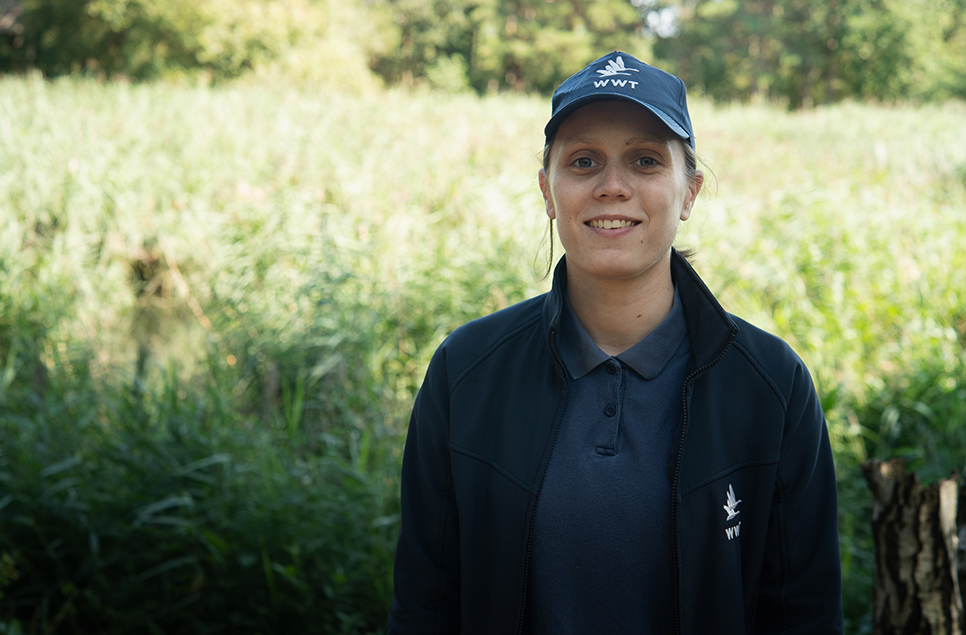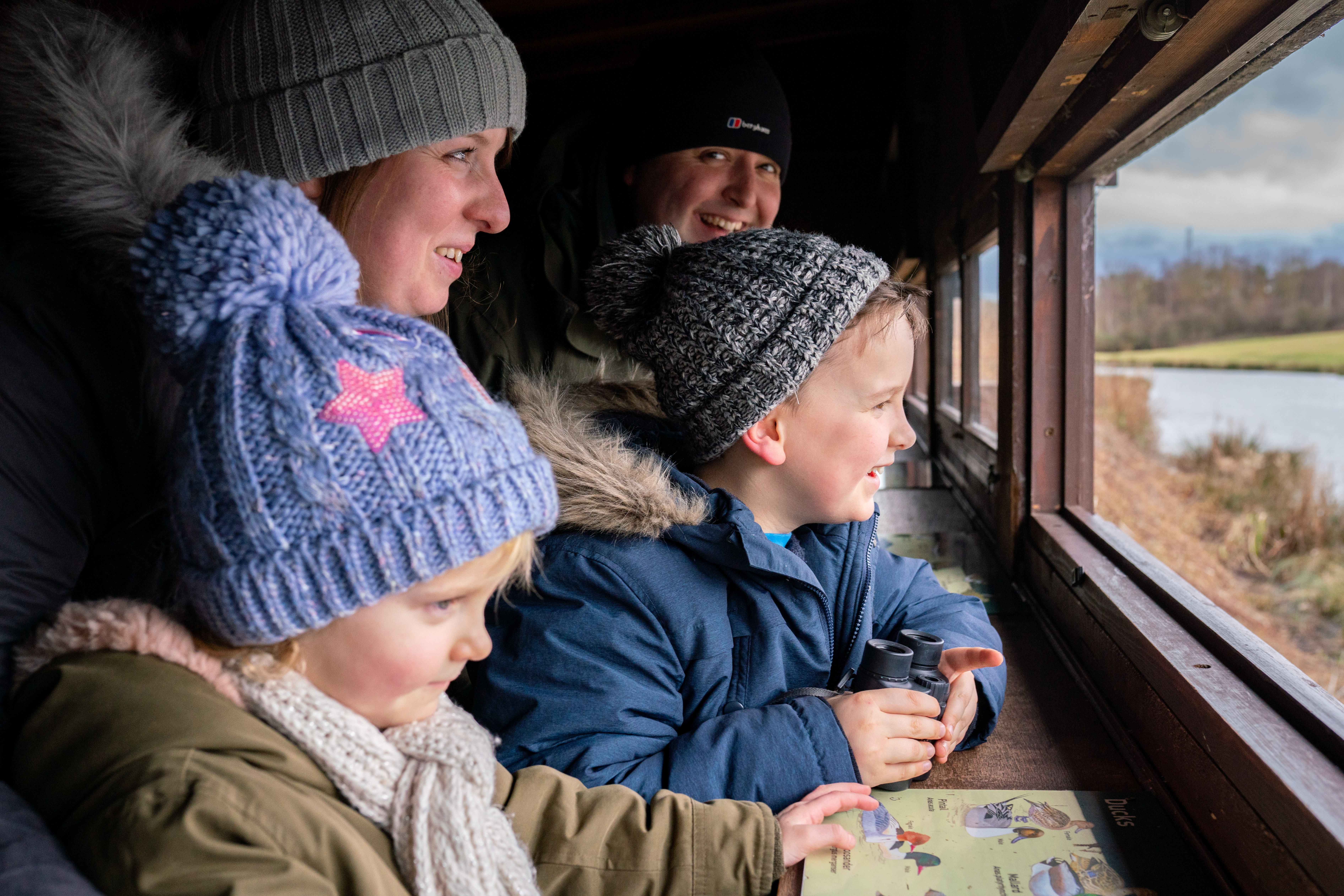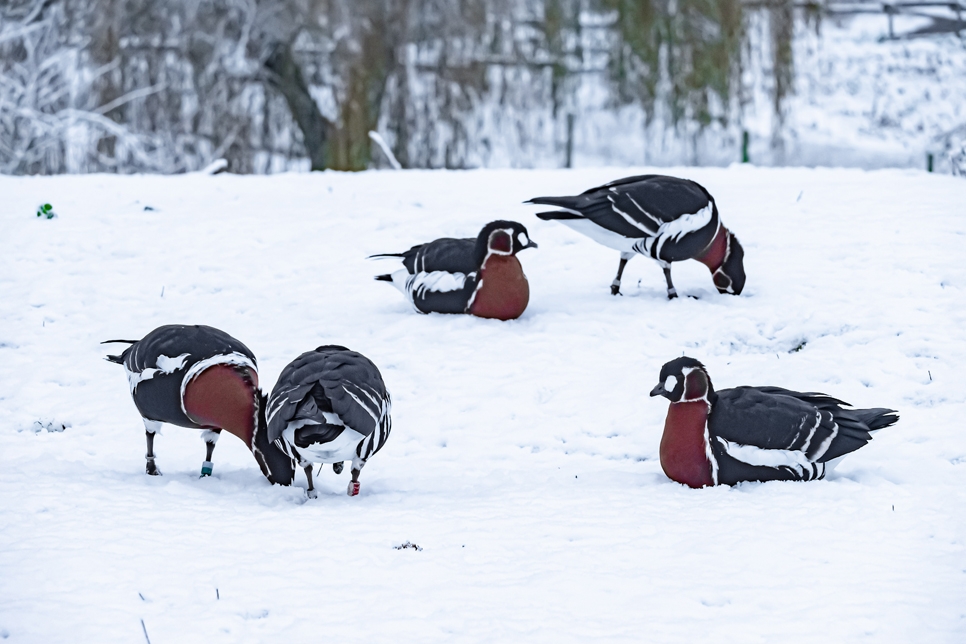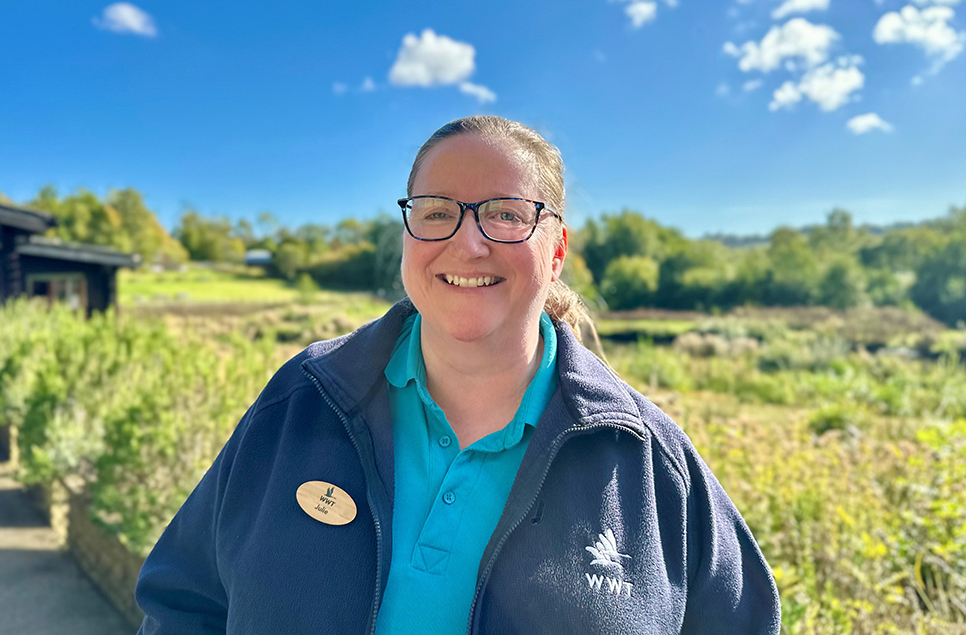Meet the team: Gill Pipes - Centre Manager (part 1)
This June, we're excited to chat to our leader Gill Pipes, Centre Manager at WWT Washington! Gill has been on a long journey with the centre, developing a love of the site from a young age. In this first part of Gill's Q&A, she talks about the rewards and challenges of her role, and how the team collaborate for a shared goal.
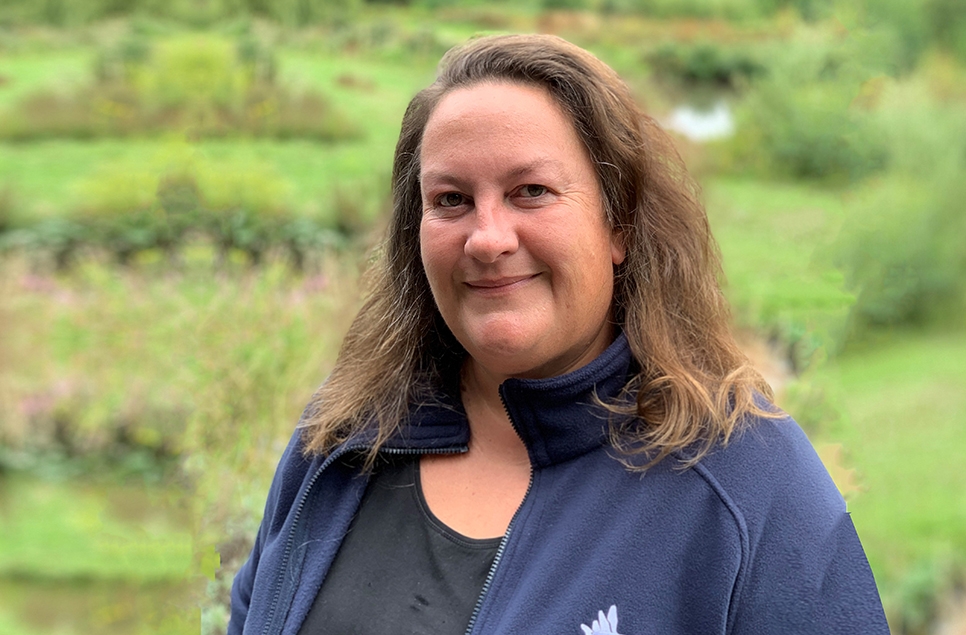
From a local Washington lass to running pubs in London, Gill was born to lead and has always had a love of the arts as well as a passion for nature. With a desire to work in a role she could make a difference, Gill settled back in the north east making WWT Washington her home. Overseeing the site and team is no easy feat, but one she finds rewarding on so many levels. Let's find out a little more...
Hi Gill! Thanks for taking the time to chat to us. Let's start by asking how many years have you worked at WWT Washington Wetland Centre?
Well I have been here since 2006 all told. I was Trading Manager to begin with and became Centre Manager in 2013.
Can you share a bit about how your journey here began and how your role has evolved over time?
I grew up half a mile from the site, visiting here often to see the birds and maybe get a treat of a Wade’s whimsy ceramic animal (all of which I still have) from the gift shop on special occasions. As an adult, I spent 15 years living in London, first studying and then running pubs! I absolutely loved my job but it’s very long hours and I was considering what I might do next when I saw the advert for Trading Manager here.
What inspired you to work at WWT Washington?
I think my memories of visiting here very much played a part in my applying for the role, alongside the opportunity to work in an organisation that could make a difference.
What does a typical day look like for you as the Centre Manager?
I suspect I will start with the same thing as anyone within our site would say – there’s no such thing as a typical day! No matter how regimentally you have planned a day, animals, the environment and people are what we are working with and each of them is deliciously unpredictable. However, I’ll give it my best shot at describing what I get to do.
I arrive at the centre and switch my PC on. About an hour after we arrive, whoever is duty manager that day will do a radio check, calling out each person’s name in turn and waiting for their response. The team are already spread out across the site by then so it’s our way of ensuring everyone is safely contactable and also of connecting with each other before we get into the busy day ahead. I may have scheduled video meetings with colleagues across WWT or external contacts so I’ll prepare for and attend those. If we have a lot of visitors on site I may be able to get involved with meeting and greeting, talking first time visitors through our site and what they can see or I may help the catering team in clearing tables. If I’m not needed there I will have to do something far less exciting but very necessary like managing our expenditure or reviewing the ways in which we work as a team.
We’ve usually got projects going on or being planned alongside our day-to-day operations, so I may be planning for those or trying to work out how we could fund them. Sometimes I may be lucky enough to spend some time with our animals or out on the reserve, seeing what the team have created and the nature it has brought here. Recently, this meant spending time on our 50th birthday welcoming people into Wet Wood, the newly reopened part of our reserve!
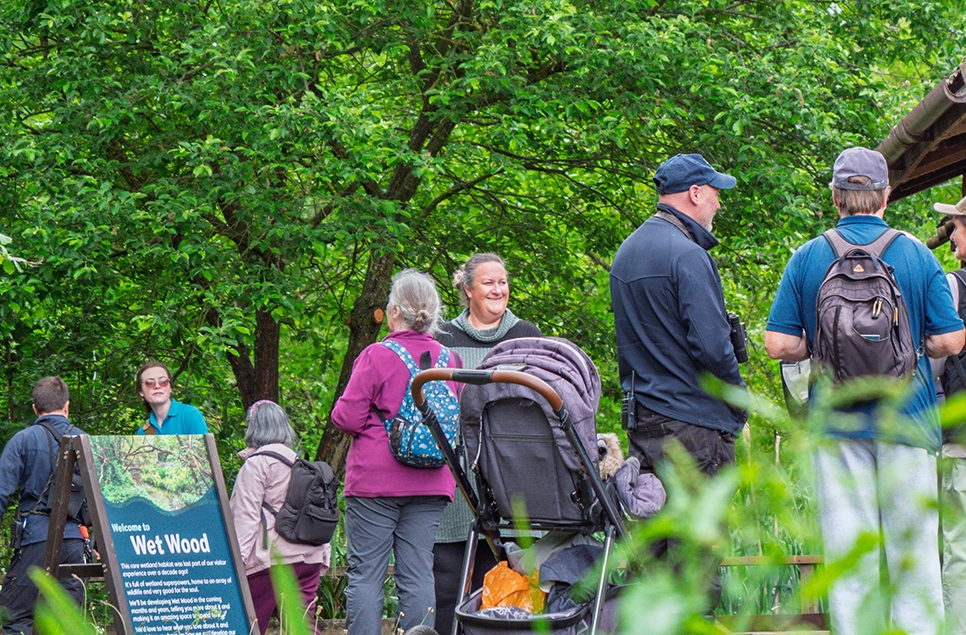
What’s the most rewarding part of your job?
Without a doubt it's knowing the difference this place makes to people's lives. Whether it’s seeing someone grow within their role to pursue their career aspirations, our amazing volunteers getting to support our wetlands or our visitors telling me about how they brought their kids and now grandkids here for years and years, knowing this place is connecting people with the nature on their doorstep and seeing the impact that has is absolutely priceless.
What challenges do you face in managing a wetland centre, and how do you overcome them?
The challenges are many. There’s never enough time, money or people to do what we want to. Don’t get me wrong, I am blown away on a daily basis by the colossal amount the team of staff and volunteers achieve, but we’re a driven bunch, full of ideas and we’re not going to achieve all that we need to by maintaining the status quo, so we ask a lot of ourselves every day.
Our site – like much of the area around us – is susceptible to flooding. Fortunately, wetlands have flood-busting powers so we’re working on using ours to lessen the impact of heavy rain events on our site (more about this in Gill's meet the team part two coming next month!). It’s much more complex to manage a site such as ours than it may look – we have many regulations we must adhere to including keeping everyone safe, meeting our animal care standards, abiding by environmental laws and standards, meeting our members’ and visitors’ expectations and needs and keeping track of a very wide and complex range of tasks, all whilst planning and preparing for upcoming events and priorities.
In terms of how I overcome them, it often comes down to the team here and across WWT. You’re never on your own here. If an urgent situation occurs in one department, people come running from all parts of the team to resolve it. Of course there are some things which are mine alone to resolve, so I have my site manager colleagues at our other nine sites to lean on for advice. There are few things that happen that haven’t been handled previously somewhere across our organisation, and everyone is very supportive and willing to share their experiences and solutions with each other. Having said that, with such a wide remit, there will occasionally be a new issue crop up so we sometimes need to think outside the pond to work out a resolution.
How do you collaborate with your team to achieve the centre’s goals?
This is hands down the most collaborative workplace I have ever experienced so we’re always starting from an advantage with this. We often feel like ships that pass in the night, even though we’re working at the same location, so we make sure that we have weekly meetings and share the notes with the whole team of staff and volunteers. There’s a lot of cross-department working here which helps both when there’s a big task that needs tackling but also means that we have an idea of the focus areas and demands our colleagues are working with. There’s a very open style of communication here and people are great at raising their ideas with each other in a very routine way. Often, an idea that supports our aims has been well considered and a plan drafted before it ever reaches me, so all I have to do is find a way to fund it and do any paperwork required! Recent examples of this are the creation of the sand martin bank on Wader Lake and the introduction of our new app.
Do you have a favourite spot in the wetland centre? If so, why is it special to you?
It’s an area in the centre of our site called Wet Wood. It hasn’t been accessible for eleven years as it’s very heavily wooded and, as the name suggests, a very wet environment and some of the trees had become unsafe, requiring a lot of work to get it to where it needs to be. I’m really delighted that at the end of 2024, the team began work on restoring it by clearing some vegetation and installing some leaky dams. These dams plus the other work we have planned in there over the next couple of years will slow down the water flow to help our site cope with heavy rain events and also help to filter impurities to make sure the water is clean as it flows from our site into the river.
We’ve also now opened this part of site to our visitors as part of our 50th birthday, so I’m massively excited about that. It’s an amazing space, very otherworldly with its twisting and turning willow trees, trickles of running water and carpet of ferns. Small birds are flitting around you, more often heard than seen and you completely forget that you are in this very urban area. It’s one of the most relaxing places I’ve ever been to!
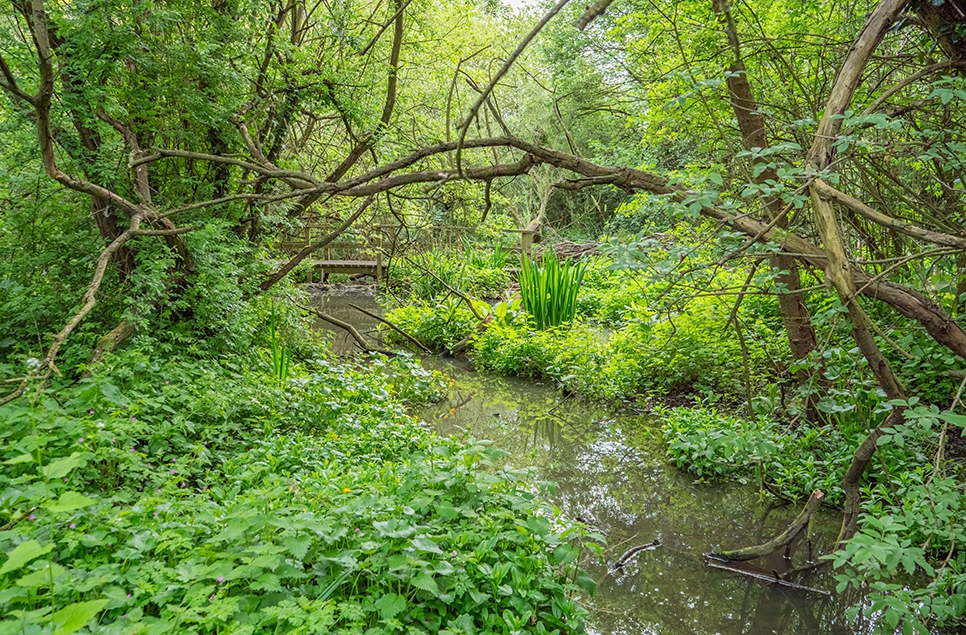
What’s your most memorable experience at the centre so far?
In 2014, I was very lucky to be allowed to help out with hand rearing 24 Chilean flamingo chicks. They needed feeding every 3 hours throughout the day and night. And I have to tell you that some of those chicks could be less than compliant and often, you would finish feeding chick number 24 and chick number 1 would be lining up ready for its next feed.
However sleep-deprived I became though, I felt like I was living my best life in having the privilege to be involved in this project. At least once a week, I think of the time I watched chicks which were less than 3 weeks old and had never seen an adult flamingo in their lives step into some shallow trays we had given them to plodge in and begin to agitate the water by stomping just as an adult flamingo does in order to stir up all the juicy food to be found at the bottom. These chicks were months away from being able to feed themselves in this way but they had this inherited knowledge which prompted the cells in their body to undertake this movement, ready for the day they started feeding themselves. I felt like a teeny, irrelevant speck in the universe and I absolutely loved it!
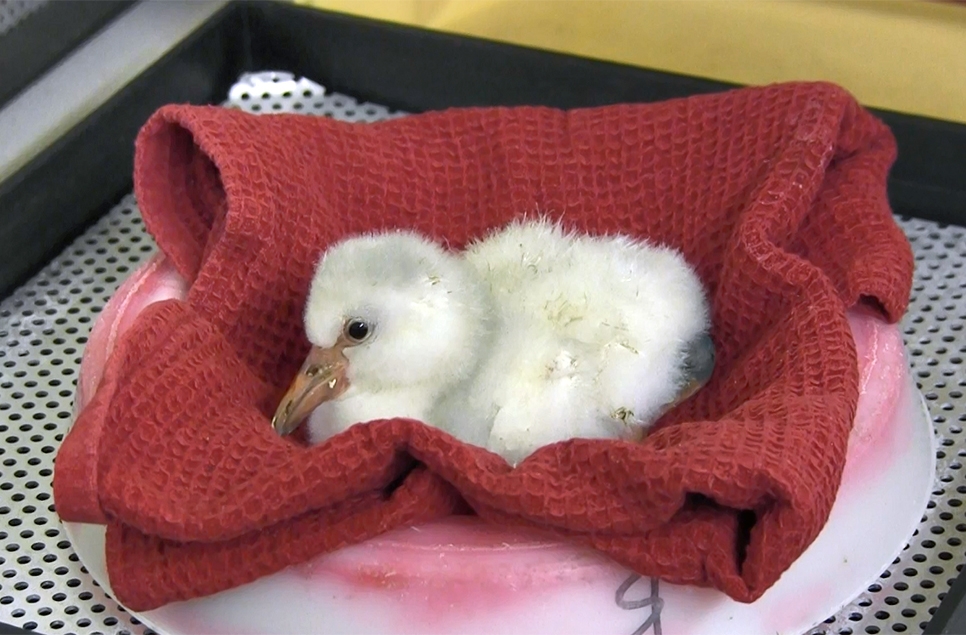
Do you have a favourite species at the centre? Why does it stand out to you?
If we’re talking about the international wetland species we keep here, I think I would have to say magpie goose. Everything about them brings a smile to my face. They’ve got huge personality and smell amazing! I would recommend anyone who finds themselves stood near one takes a big sniff – it’s a musky, almost horse like smell. They’re like toddlers – always exploring, looking out for where they can cause some low-level mischief. They always look a wee bit scruffy and have a feather pattern which makes them look like they’re wearing little black shorts.
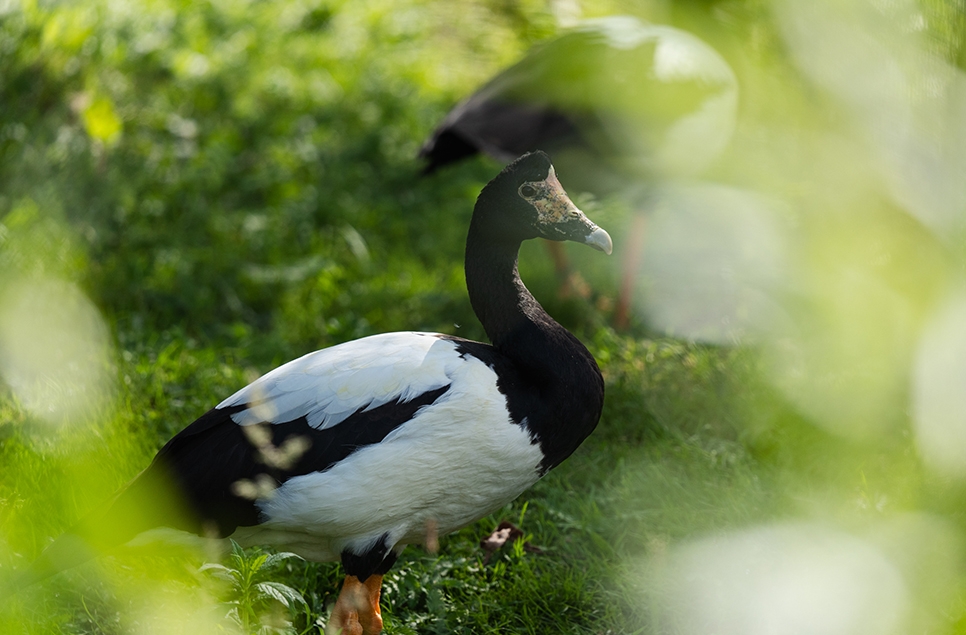
On the native side, it’s the kestrel. They’re so beautiful and the way they can “tether” their head when hunting, moving their body while their head stays in exactly the same position is so graceful and controlled.
What’s one thing visitors might not know about the wetland centre but would find fascinating?
Whilst Hawthorn Wood and the ancient woodland in the east of our site predate our acquiring the land in 1973, every tree you can see from the visitor centre has been planted by WWT since then. This was all farmland before then so every other non-meadow habitat on our site has been created and managed by us to create this protected home for nature. I think that’s really special and it also gives me hope for our natural world. That this man-made wetland in the middle of a very urban area welcomes such a wide array of species of flora and fauna shows what we can do to protect the planet, no matter what our starting point is.
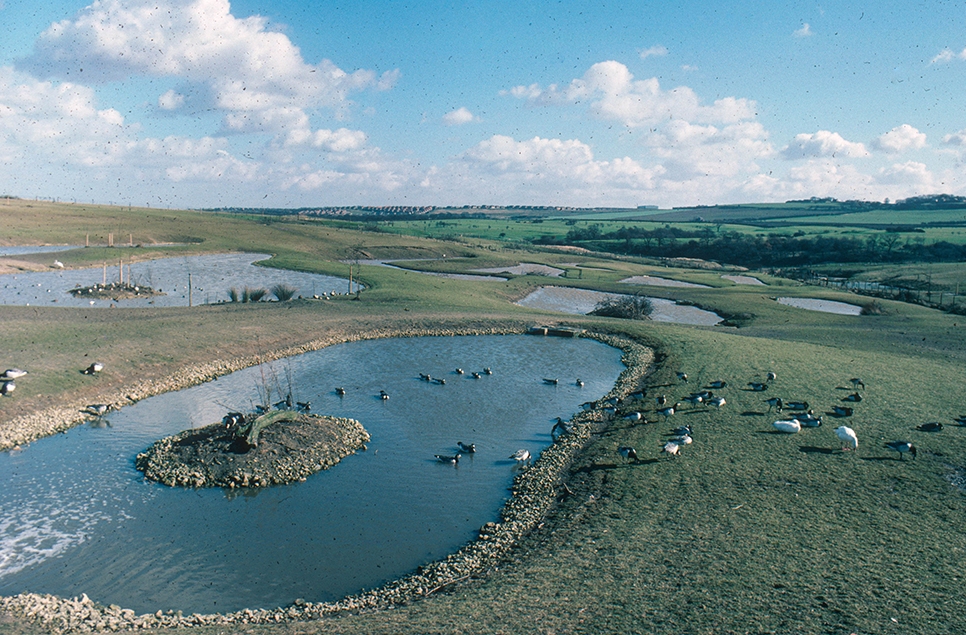
Gill gave us so much fantastic content during her interview that we didn't want you to miss out hearing it, so we'll be bringing part 2 of her 'meet the team' blog next month - watch this space!
Fancy meeting more of our team?
We're introducing you to the team here at WWT Washington who are from a variety of roles within the trust, and who have a plethora of career and education backgrounds.
Meet the team